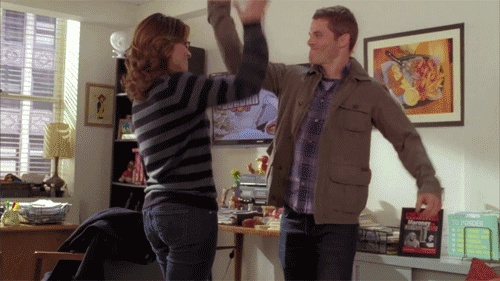A Design History of Childhood | Brain Pickings
Geege Schuman stashed this in Design
Stashed in: Steve Jobs, Creativity, Design!, Children, Problem?, Awesome, HBR, Brain, @brainpicker
Like Steve Jobs, who famously proclaimed that "creativity is just connecting things," and Paula Scher, who likens creativity to a slot machine, and like other theorists of creative problem-solving, Kinchin emphasized this inherent pattern-recognition gift of the child mind, also manifested in the most impactful design for children:
Designers, like children, find patterns and make connections. The importance of pattern making and creative play with material things, for children and adults, as a route to understanding spatial relations and problem-solving, as well as creating a sense of the individual in relation to larger cosmic harmonies, comes up again and again in the twentieth century.
Best explanation I've heard about why it's important to play.
You've heard of the Montessori Mafia, right?
“… the Montessori educational approach might be the surest route to joining the creative elite, which are so overrepresented by the school’s alumni that one might suspect a Montessori Mafia: Google’s founders Larry Page and Sergei Brin, Amazon’s Jeff Bezos, videogame pioneer Will Wright, and Wikipedia founder Jimmy Wales, not to mention Julia Child and rapper Sean ‘P.Diddy’ Combs.” — Wall Street Journal, April 2011
The cornerstones of this method, according to Wales's brainchild Wikipedia, are:
• mixed-age classrooms, with classrooms for children aged 2½-or-3 to 6 by far the most common,
• student choice of activity from within a prescribed range of options,
• uninterrupted blocks of work time,
• a Constructivist or "discovery" model, in which students learn concepts from working with materials, rather than by direct instruction, and
• specialized educational materials developed by Montessori and her collaborators.
http://blogs.hbr.org/hbr/mcafee/2011/07/montessori-builds-innovators.html
I've heard of Montessori but never had any first hand exposure to it.
It does have very passionate proponents.
Makes me wish I had had a Montessori education instead of the unimpressionable one I actually had.
What happens after age 6?
You must have had a pretty fn amazing foundation, with or without. :-)
After six, it is hoped the parent(s) will continue to make decisions that will enhance the child's ability to learn/think creatively and increase its chance for happiness and success. There.
I wish the Internet was around when I was growing up.
I'm an autodidact. I figured out early how to teach myself.
Plus, as you see from this site, I have endless curiosity about... Everything.
When we were growing up, libraries were our Internet.
All the Internet does is accelerate what we were already doing. :)
Bringing children from the periphery to the forefront of our attention cuts across geographical, political, and stylistic demarcations in the mapping of modern design. … Children bring into focus how modern design has straddled high and low cultural practices, from comics to architecture and urban planning. They enable us to follow threads throughout the century that connect the most disparate and apparently contradictory tendencies.














8:05 AM Mar 24 2013